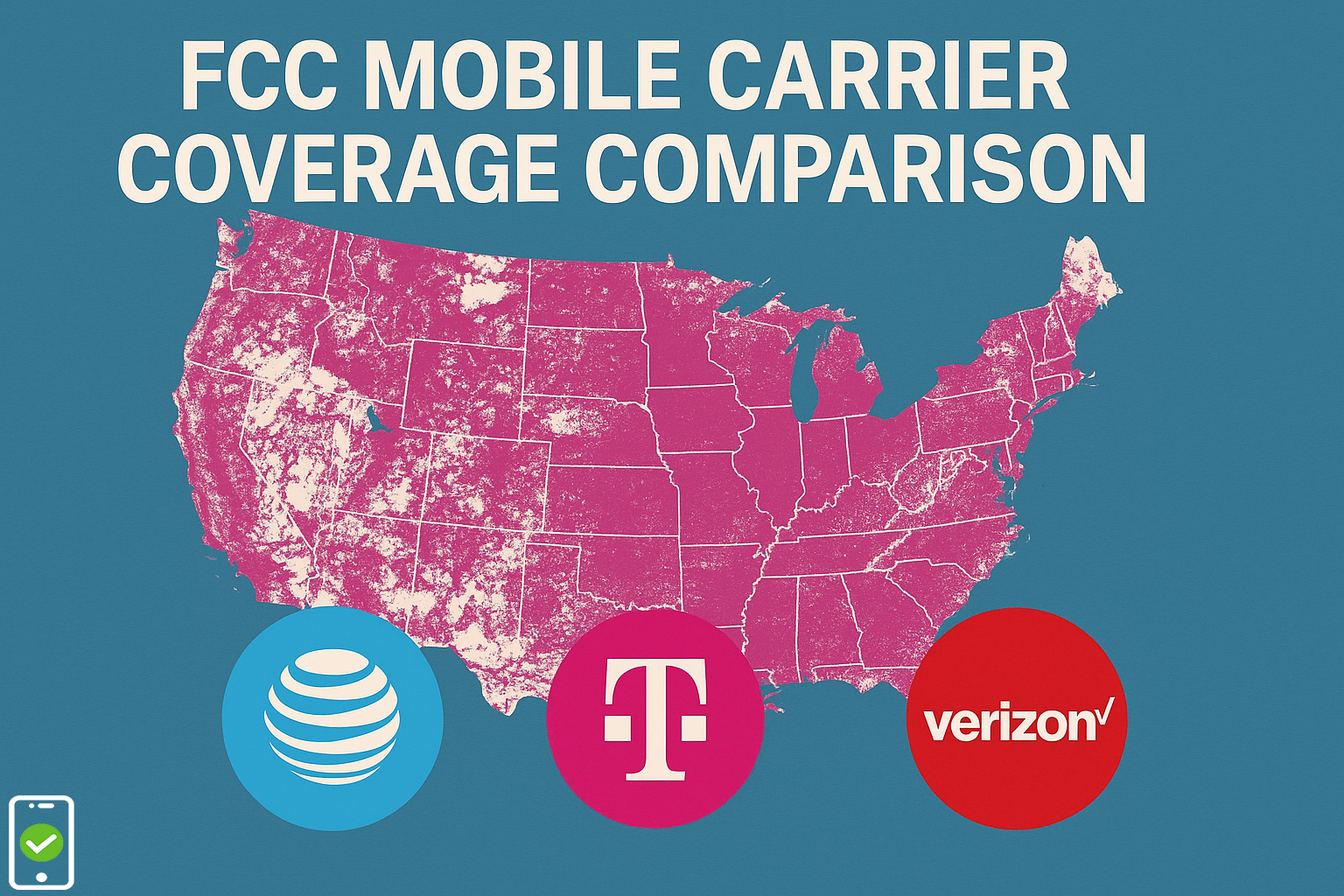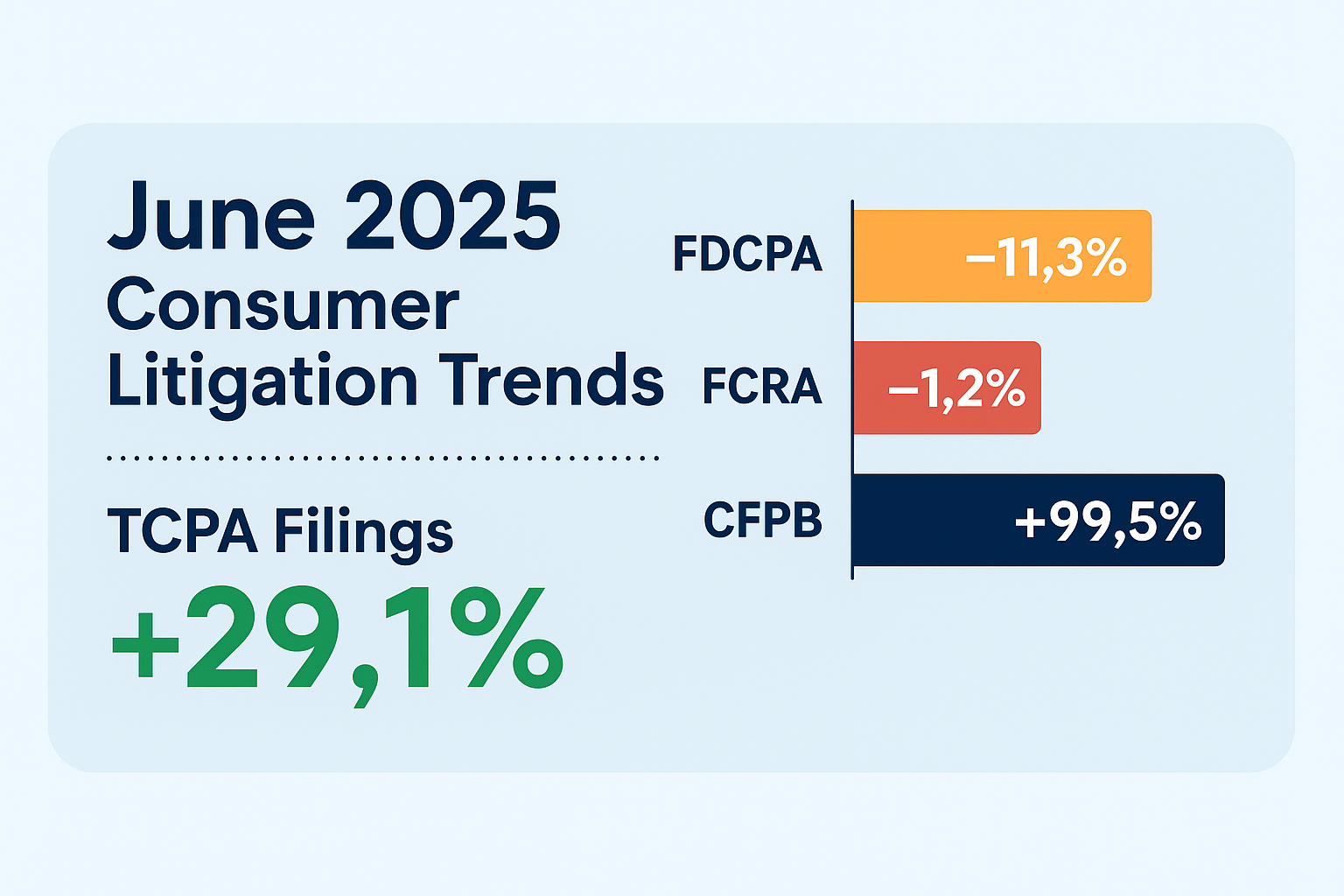The Future of Federal Telecommunications Subsidies: Navigating Legal Challenges and Ensuring Nationwide Connectivity
You’re sitting across from a small-town mayor, deep in the heart of rural America. His town relies heavily on federal telecom subsidies to stay digitally connected—schools, hospitals, and local businesses all run on that lifeline. And now? That lifeline is under threat. As the mayor recounts how broadband expansion brought his town into the modern age, your mind is on the headlines: The Supreme Court may strike down the FCC’s authority to maintain those very subsidies.
This isn’t just a political squabble—it’s a potential tectonic shift for the entire Telecommunications Service Provider (TSP) stack.
What’s at Stake
The Universal Service Fund (USF), managed by the FCC, has been the backbone of efforts to ensure affordable internet access in underserved areas. It supports schools, libraries, hospitals, and low-income families. But a legal challenge has called into question whether Congress overstepped its constitutional powers by allowing the FCC—and by extension, a nonprofit it created—to administer what some are calling a “tax.”
While the justices appear inclined to uphold the FCC’s program, the case has opened a broader debate about agency authority, regulatory frameworks, and the mechanics of funding connectivity.
And this uncertainty is hitting TSPs at the core—right where infrastructure, customer engagement, and compliance intersect.
Regulatory Ripple Effects in the Telco Stack
For companies operating in the TSP space, regulatory change doesn’t just affect legal teams—it reverberates through every layer of the stack:
- Telco Cloud: Built on agility, the Telco Cloud enables faster deployment of services. But rapid rollout means tighter deadlines for ensuring new deployments are fully compliant with changing subsidy rules and regional funding requirements.
- Cell-Stack & Orchestration Tools: Automated resource management must adapt to policy shifts. If FCC-related subsidies change, provisioning logic, service templates, and orchestration policies must be quickly revised—especially in hybrid environments.
- OSS/BSS Systems: These platforms track customer data, billing, and network provisioning. A regulatory change could require recalibrations in billing structures, particularly around USF-related surcharges that appear on customer bills. Providers using ONAP or OpenStack must prepare for rapid updates to workflow models and billing scripts.
- APIs and Integration Points: APIs that connect services and document OSS/BSS capabilities must also remain flexible to accommodate changes in service qualification rules or eligibility tied to subsidy programs.
B2B and B2C Engagement Complexity
Telecom providers must also prepare for significant shifts in how they engage customers—both businesses and consumers.
- B2C Challenges: If subsidy programs are weakened or removed, consumer prices may rise, especially in rural regions. That shift will necessitate proactive communication strategies, updated digital engagement tools, and empathetic customer support models.
- B2B Impact: Enterprise clients, particularly those in healthcare and education, may face cost increases if subsidy support wanes. Telcos will need to deliver clear reporting, personalized risk assessments, and explore private funding partnerships or local government incentives.
Effective customer engagement across both B2B and B2C channels requires not only transparency—but also the infrastructure to support multichannel communication at scale.
What’s Coming Down the Road
Even if the current Supreme Court challenge ends with a favorable ruling for the FCC, the larger message is clear: the future of federal telecommunications funding is fragile.
Telcos should prepare for:
- Greater Congressional Oversight: More stringent reporting, audits, and approval cycles for subsidy-based programs.
- Private-Public Hybrid Models: The rise of consortiums or cooperatives where funding, infrastructure, and service delivery are shared between telcos and municipalities.
- State-Level Innovation: As federal programs face legal hurdles, states may take up the mantle with their own connectivity mandates, creating a patchwork of regulatory obligations.
The endgame? Resilience through flexibility. TSPs with modular, cloud-native infrastructure and robust compliance workflows will be best positioned to thrive.
How AI Is Reshaping Compliance and Customer Engagement
Today’s Role:
- Compliance Automation: AI-driven engines can flag anomalies in subsidy-related billing, detect misreporting, and generate documentation to support audits.
- Predictive Service Management: By analyzing usage patterns in rural and underserved areas, AI can optimize network performance and predict future demand, helping justify continued subsidy investments.
Tomorrow’s Potential:
- Intelligent CX Platforms: Conversational AI agents that can not only field questions about rising bills due to subsidy shifts but explain them in real time—across chat, voice, and even video channels.
- Regulatory Simulations: AI models that simulate legislative changes to determine the impact on service rollouts, cost modeling, and infrastructure investments.
The convergence of AI and network intelligence will become essential to compliance and customer trust in this new era of telecom service delivery.
The TSP Stack Needs to Adapt
Whether or not the Supreme Court upholds the FCC’s current authority, the telecom industry is at a pivotal moment. The future of subsidies, connectivity, and federal oversight is evolving, and every layer of the TSP stack—from orchestration engines to customer portals—needs to adapt.
For TSPs, the path forward lies in preparing for volatility with resilience, embedding AI into every layer, and putting transparency and adaptability at the forefront of both infrastructure and engagement strategies.
The mayor of that small town may not be watching SCOTUS hearings—but his community’s future depends on what the telecom industry does next.


